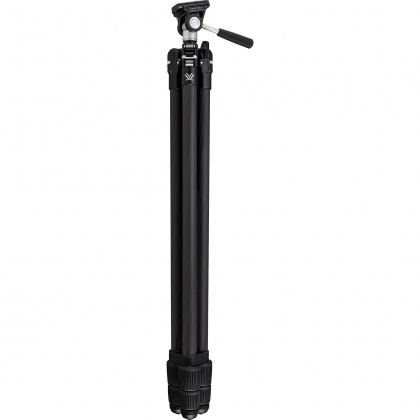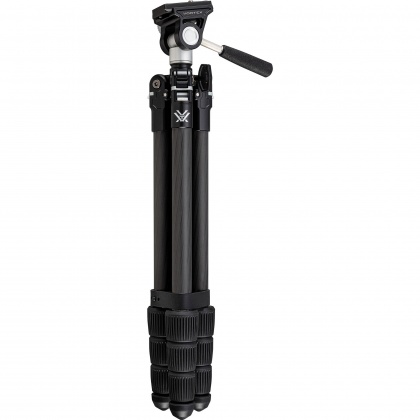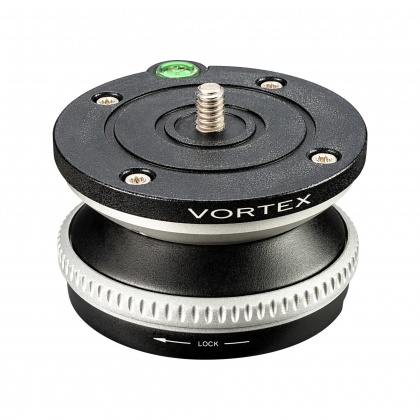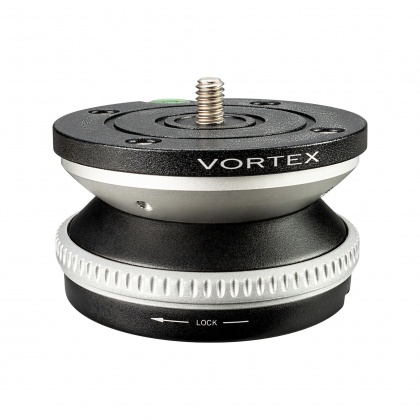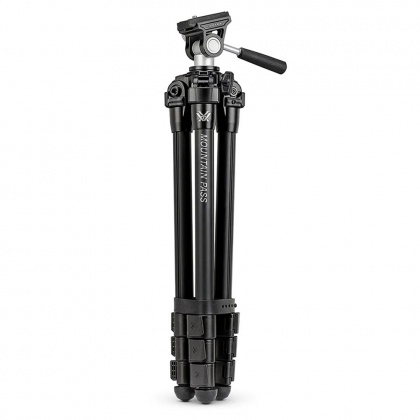Behind every good photo, there is a three-legged friend.
Maybe not every photo, but certainly a lot of them. Tripods, monopods, minipods and supports all provide much the same function for a multitude of situations. Landscape, portrait and still-life photographers will find that a set of three strong legs offer the greatest support and can open up a whole new creative world free from the constraint of holding the camera in position over time. Sports and wildlife photographers often prefer the freedom of movement of a monopod. A monopod allows you to move more easily in a crowd and react quickly to fast-paced action, whilst still providing that much-needed support when using a heavy lens. Simply add two legs of your own and, as if by magic, a monopod turns into a reasonably good tripod. Even better if you stay close to the ground!
Is a tripod good for photography?
These days there are all sorts of stabilisers which can eliminate the basic need for a tripod which originally was to hold the camera steady and avoid camera shake. These days a tripod remains useful to take the weight of a heavy lens, to avoid shake if you are using very long exposure times or to line up your subject accurately.
How do I choose a tripod for my camera?
The first step is to think about how you will be using it.
Tripods come in all shapes and sizes. They all have three legs but there are some key differences.
The most obvious one is size and weight. The larger that tripod, the more stable it will be, particularly if it is supporting a heavy camera and lens. The load capacity quoted as part of the specification will give you a clue.
The subtle difference is the quality of the component parts and their construction. The cheapest tripods are popularly knows as ‘wobblepods’, but are none the less handy for supporting a video light or a compact camera for a self-timer shot. As you go up in price, you will quickly find a selection that will hold the camera securely and give years of good service.
How do you intend to use it? Clearly, if you are staying home or driving to a location you will have different priorities to a mountaineer. There is no point paying more for a carbon fibre tripod if it never goes out of your front door. Unless, of course, you need to put it back in the attic when it's not in use.
Are you looking to shoot wildlife using a big lens, say 500mm or more, at eye level? You will need a substantial tripod that extends to over five feet high. On the other hand, taking a selphie with a pocket camera, or producing a consistent set of product shots to put on Ebay, is clearly a different bucket of mackerel.
Is a ball head tripod better?
Ball and socket heads are the most popular Tripod Head. They are compact, easy to aim and allow you to point and then lock your camera into position quickly. If a ball head is well made, it will lock securely. Otherwise, if asked to support a heavy lens, it can be prone to tip over and transport your expensive, and much loved, kit rapidly in the direction of South. All but the cheapest Ball Heads rotate on a base with a separate lock so that the camera can be turned in a smooth panorama while the ball is safely locked in place in its socket.
Pan and tilt heads are the favourite for Video and Scoping. Three way heads allow for more precise adjustment. Gimbal heads will support a heavy lens without any drama. You can select the tripods with your preferred type of head by using the filter selection.
You can read more in the tripod heads category
What should I consider when buying a tripod?
Quality
The next step is to decide how much use you intend to give the tripod, how the cost sits on your overall photo budget and so how much quality you want to pay for. A more expensive model will be a pleasure to set up. The legs and centre column will unlock and move smoothly. Your camera will glide into position as you adjust the head.
Like any tool, a quality product will give years of satisfaction, extended by the availability of spare parts. A mass-produced item will wobble and quickly start to shake, rattle and head for the wheelie bin.
As you move up the price scale you may find that you can save some money by choosing a kit that includes the legs and head in one box.
Portability
Will you be carrying your tripod around more than using it? Travel tripods, like the Hahnel Triad C5, fold back on themselves and so pack into a smaller space for easy transportation either in a backpack or on a plane. It's ball head takes up less space than either a pan and tilt or a three way head.
A light, compact tripod with snap locks and a ball head could be easily added to your kit on a casual walk or bike ride whereas a heavy one that is fiddly to set up would be left at home.
A heavier, more robust, tripod comes into its own when using a large, heavy lens for sports or wildlife photography.
You may well decide that you need more than one, eg a heavy studio tripod for domestic use plus a lighter travel tripod for trips and days out.
Height
A tripod that does not extend high enough for you to use it comfortably without bending will soon have you aching for a taller one.
A tripod with four or five leg sections will extend more than one with just three. The last section will generally be slender but can be left un-extended for extra stability and only brought into use when the extra height is needed.
A shorter tripod will not despatch you to the chiropractor if you are sensible and can be used comfortably when using a camera with a tilt screen, a separate monitor, a waist level finder or a spotting scope with an angle finder. It puts the camera at a better height for social or fashion photography.
Versatility
Do you like to get out among the snowdrops and bugs? Look for legs that splay right out for low-level work or a reversing column that drops the camera right down to ground level.
Many tripods offer a monopod option by separating either the centre column or one leg to be used alone. It can be handy in situations where using all three legs might be an encumbrance.
If you are out on a walk with a lightweight tripod, a hook for a stone bag, or pochette, is useful to keep all three feet on the ground.
A head with a Quick-Release plate is essential if you are swopping lenses or just setting up in a hurry to catch a fleeting sunset.
Do you need a tripod for landscape photography?
Wherever your photography takes you, a tripod is useful for framing the subject accurately.
You will also find a tripod invaluable if you are using a graduated filter, lining it up with the horizon to darken the sky.
It is essential if you are using long exposure times for effect, taking the camera beyond the ability of any in-built stabilisation to avoid movement and unwanted blur.
Operation
If you are in a hurry, set up speed is crucial.
Twist locks allow you to screw the leg sections together tightly to provide a solid base for your photography. Snap leg locks are quicker but can work loose and require adjustment over time. Velbon one-touch twist legs are the fastest of all. Travel tripods, with reverse folding legs, are the best tripod for carrying around and not using but take a few seconds longer to set up.
Whichever type you choose, it will pay to pick a good one. A poorly made head will fail to move smoothly when you adjust it. This will be frustrating when setting up your camera for a still shot but seriously counter-productive if you are filming or vlogging.
Can I use different heads on a tripod?
Yes. The screw fittings have remained unchanged since time immemorial and are the same across all brands of tripod. The first cameras used glass plates around a foot square to capture the image. By necessity they were large and heavy and adopted a 3/8 inch (around 10mm) screw fitting to attach them securely to a tripod. Around the start of the 20th century, cameras became more portable and adopted the 1/4inch British Cycle (UNC) Thread as standard.
Almost all tripod heads have the original 3/8 thread in the base to fit on to the legs and a 1/4inch bolt on top that screws into the base of your camera. Very often this includes a 'Quickly Removable' plate which you can leave attached to each camera or lens so that they can be easily taken on and off the tripod. The screw threads are standard across all the brands but there is a plethora of different QR plates for individual tripod models. The 'Arca Swiss' QR plate, made popular by Manfrotto, is thankfully, at long last, becoming something of standard fitting.




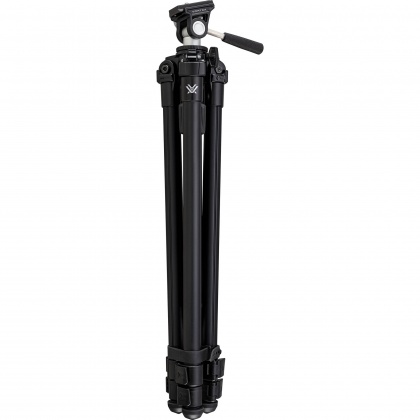
 Good Stock
Good Stock
